Dry, dry summer leads to South Dakota's corn harvest ahead of traditional schedule | Agweek
Dry, dry summer leads to South Dakota's corn harvest ahead of traditional schedule
Some farmers in the field weeks early, equipment shortage still a concern.
Written By: Erik Kaufman | 3:15 pm, Sep. 17, 2021
A combine works the field east of Freeman recently. Some farmers are already in the fields bringing in the 2021 corn crop. (Erik Kaufman / Mitchell Republic)
Leroy Epp can’t recall ever harvesting corn this early.
“(My son) Nathan asked me that last night — did I ever start this early?” Epp told the Mitchell Republic recently. “After 53 years of farming, I wonder if I can actually say I started corn this early before. Normally we start beans around the first of October, and then that’s done first and then we go to corn after that. But, boy, this year the corn is ahead of the beans. It’s one of those years.”
Epp, 77, who farms near Freeman, was one of several producers in the surrounding Mitchell area that began their corn harvest this week, well before the traditional starting time of October. Several others are planning to start next week, as a dry summer growing season has seen corn reach harvest conditions ahead of schedule.
The early harvest start is taking off in the area, according to David Klingberg, with the
United States Department of Agriculture Farm Service Agency office in Mitchell, which oversees Davison and Hanson counties.
The United States Drought Monitor released it's latest report for South Dakota Sept. 14. (USDA Photo)
“They are just getting started. We have some guys that are just diving into their soybeans, which are very close to ready, if not ready,” Klingberg said. “And we have some guys that wanted to do some high-moisture corn.”
Harvesting high-moisture corn at this time of the year is not that uncommon, he said. Farmers pull their high-moisture crop out of the field so they can dry it to more ideal levels. But for producers who take their corn at normal moisture levels, it’s uncommon to be in the field in mid-September.
“For high-moisture, it’s pretty common to be doing it right now. However, guys that take it at the regular moisture percentage, it’s pretty rare. I haven’t really heard of anyone doing it on regular corn at this time of year (before),” Klingberg said.
Farmers in South Dakota have been dealing with drought conditions throughout 2021, with the
United States Drought Monitor seeing the state primarily in severe to extreme drought conditions for much of the season. That slowed crop development, but recent rains have helped push conditions in a more favorable direction. Drought statistics released Sept. 14 by the USDA indicate that only 14.1% of the state remains under extreme drought conditions, with that area concentrated in the northwest and east central portions of the state.
Though helpful in some respects, those rains threw a wrench in the works for some producers. Some of those rains came during a prime silage-cutting window, muddying up the fields and making it difficult to work.
Soybeans in the area are nearing harvest readiness. A recent report from the United States Department of Agriculture reports that 39% of soybeans are in fair condition. (Erik Kaufman / Mitchell Republic)
“Mother nature throws curveballs at us all the time, and you never want to complain about the rain in a dry year. But right around the time we got some of those rains was about the time silage harvest usually kicks in. And then we get rain, so of course it’s a little muddy and they weren’t able to cut silage,” Klingberg said.
But it’s likely that now that combines have been revved up for the 2021 harvest, they won’t slow down until the fields are bare.
“I’ve only got two varieties of corn, and this is dry enough to take out. By the time I get that out — the longer-season variety, which is 99-day corn — it appears that it is going to be dry enough to put in the bin. And by that time, maybe the next variety will either be ready or the beans will be ready, so it will be continuous from now until harvest is done,” Epp said.
Though the rains could be a headache due to their timing and came too late to do much for the corn crop, they did have a good effect on soybeans if they had some maturing time left when the rains fell. Epp said he benefited from that moisture because his soybeans were still mostly green at the time.
“When we had those rains toward the end of August, if those beans were still green, I think you could increase bean yields by 25%. If not, then it was too late,” Epp said.
Cathy Eichacker, who farms with her husband Steve near Salem, said their operation is making preparations to kick off their harvest run next week.
“We have not started yet, but the boys just pulled the combine out and we’re gearing up for that next week,” Eichacker said.
Like Epp, Eichacker said the recent rains came too late to have much impact on their corn crop, but the beans definitely benefited to an extent.
“It was late for the corn, but it sure helped the beans. It put a few more pods on and they got a little larger,” Eichacker said.
Sept. 13 USDA Crop Progress Report by Erik Kaufman on Scribd
(Note, graphic won't copy over, it's from a 15-page report. Please go to the Scribd link to see it, or the article link above)
The most recent crop condition report from the United States Department of Agriculture indicates most corn in South Dakota is rated at fair condition, at 31%. Corn in very poor condition is listed at 14%, poor condition at 30%, good condition at 24% and 1% at excellent. The USDA indicates that 1% of the crop has been harvested, comparable to this time in 2020.
For soybeans, most of the crop, 39%, is listed in fair condition. It also lists 10% of the crop in very poor condition, 31% in poor condition, 19% in good condition and 1% in excellent condition. There was no indication on the overall progress of the soybean harvest in the Sept. 13 report.
Both Epp and Eichacker said it was too early to tell what kind of yields they would see on a consistent basis this year.
“It’s going to be less than last year,” Epp said. “I just don’t know what to expect. It’s going to be an average year for me, hopefully. It’s a little early to say having only done one load so far.”
Eichacker suspects that their yields may be a little down this year and expected that yield numbers would improve in some of the more eastern portions of the area.
“We were in the pocket where we didn’t catch a lot of those rains. I would say the closer you get to Sioux Falls, those numbers will be on the rise. I’ve heard that some up in Watertown were pushing over 200 bushels per acre,” Eichacker said. “With the corn, I don’t know what our bushels will be, but we did an estimate for silage, and it was around 138 bushels per acre, which is low for us.”
Farmers are entering the field early this year as much corn has reached maturity by mid-September. A recent United States Department of Agriculture report indicates that 1% of South Dakota corn has been harvested as of Sept. 13. (Erik Kaufman / Mitchell Republic)
Those figures will become clearer as harvest progresses. For now, it’s time to push forward and get what’s in the field out of the field, and that hinges strongly on equipment performance. Harvesting can be hard on machinery, and producers are still
dealing with supply chain issues for farm equipment and parts due to the COVID-19 pandemic, though Epp and Eichacker said they have been able to avoid those problems for now.
Epp said he had only had to deal with simple part replacements, such as common belts and chains, used on his equipment. But if something more serious breaks, he’s not entirely sure what he’ll do.
“It could be a concern, but I have not had a problem. I did a bunch of repairs on the combine to get it ready and parts were available, but it depends on what breaks down, of course,” Epp said.
Eichacker agreed and said they had been fortunate to not have any serious issues with their equipment. She said the parts and equipment shortage is quite real, noting that her home washing machine has been awaiting parts for repair for some time.
“We’ve been okay, we haven’t had any issues. We did get a letter stating that if we wanted to order for the combine to do it ahead of time, but if you don’t know what’s going to break down you don’t know what to order,” Eichacker said. “We’re praying it doesn’t break down.”
Klingberg said some farmers are likely to be affected by that shortage, however, and will be holding their breath as they progress through the harvest season.
“A lot of guys have attempted to have repairs on their combine or other equipment and can’t get parts. That’s an ongoing problem that many guys are facing, and I am not sure what they’re going to do if they can’t get a part to keep their machine running,” Klingberg said. “It might be tight for some of these guys.”

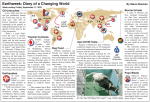









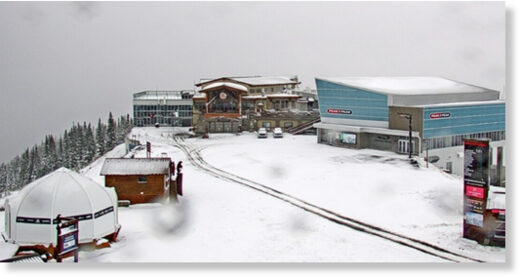
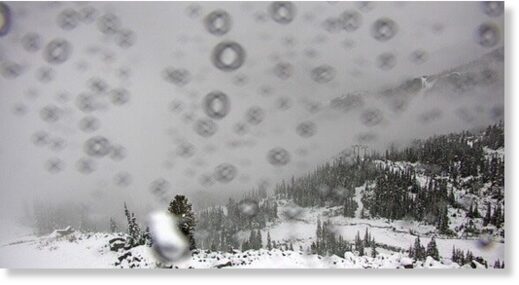
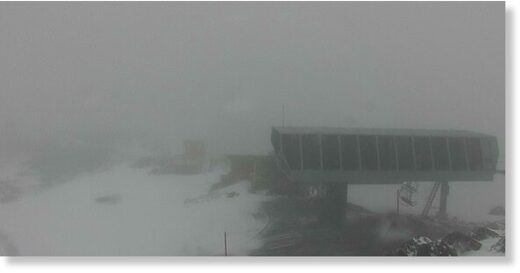
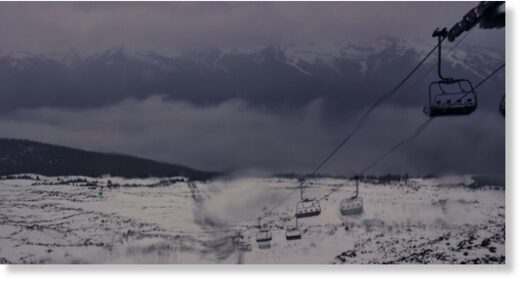











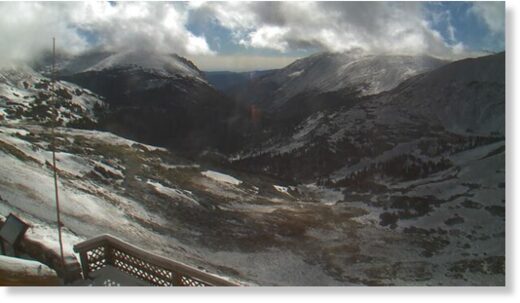
















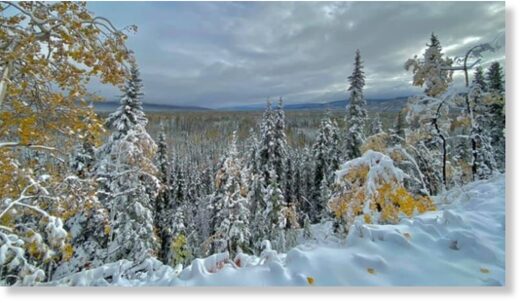
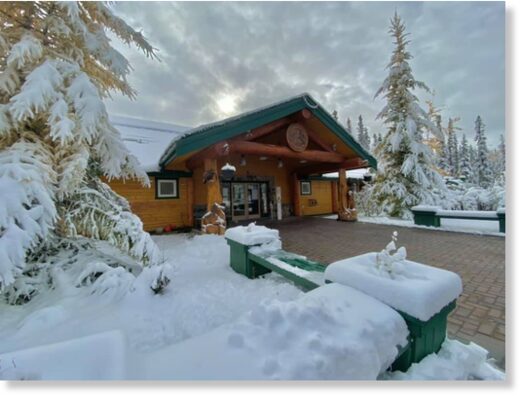
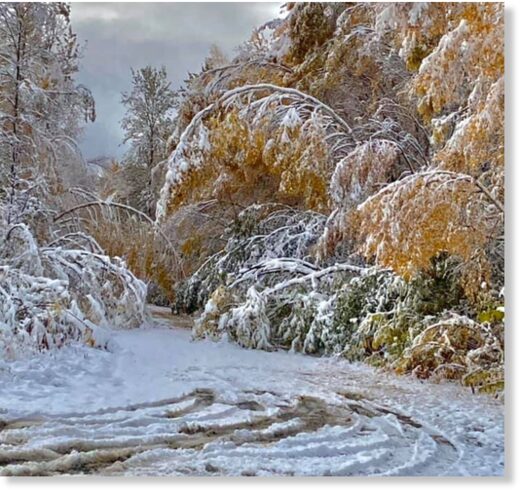
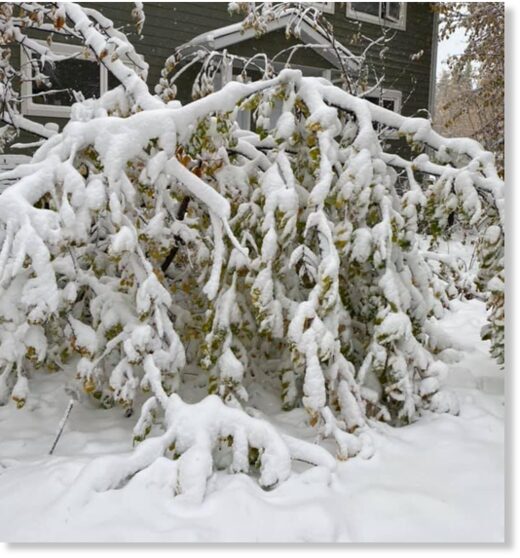




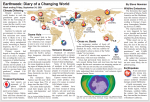
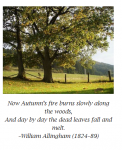

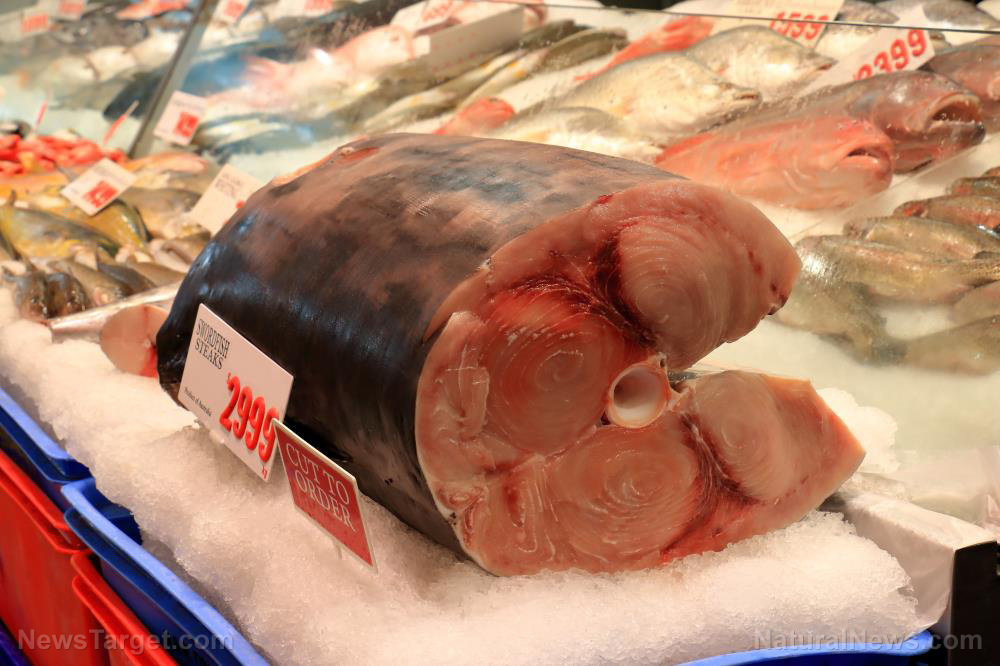


/cloudfront-us-east-2.images.arcpublishing.com/reuters/AYDEYVLVKFJ6JAM3F3BTR3NF64.jpg)
